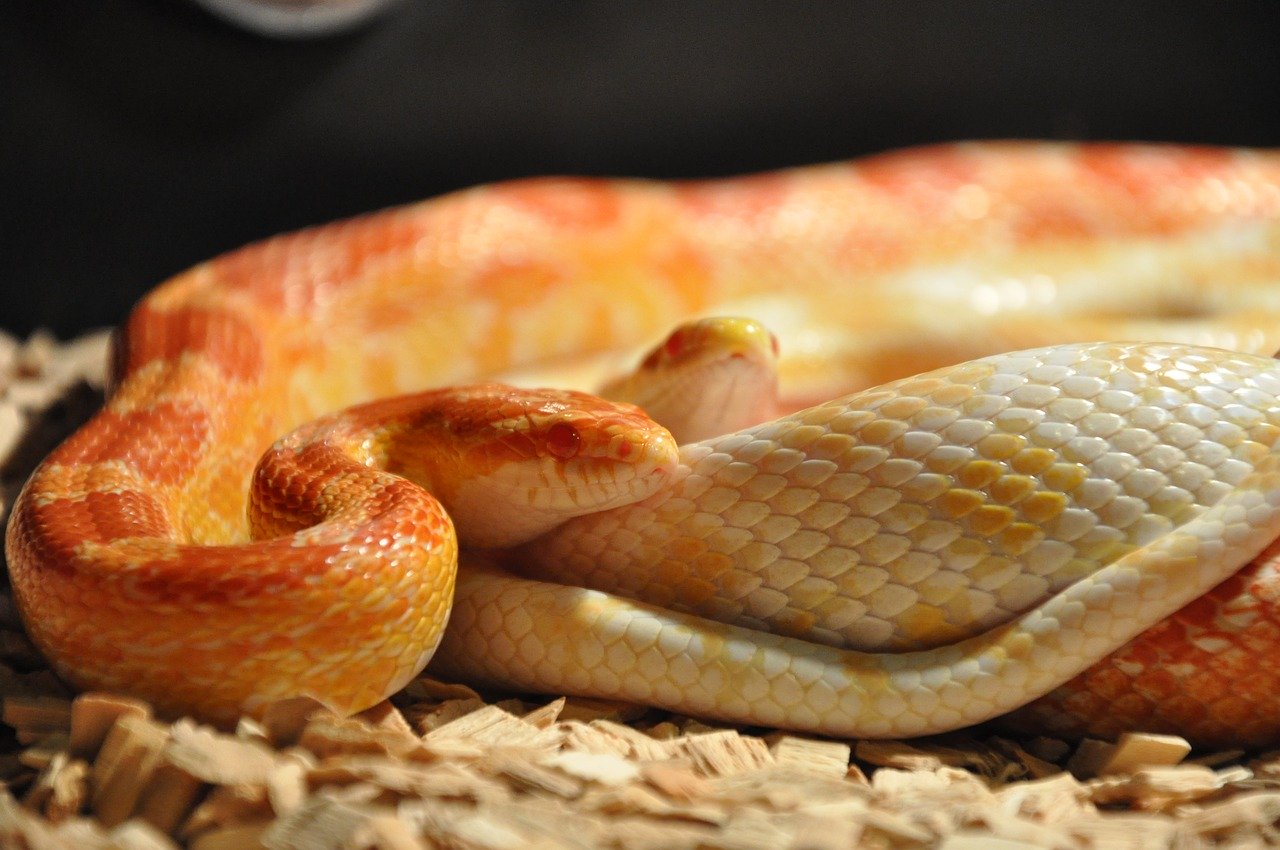Pet reptiles have become popular in recent years, especially in the United States. Therefore, if you are out there thinking about the reptile that you should choose, then our list of Top 7 Best Reptiles For Beginners is your best read.
I hope you find this information useful. There are numerous things that you should consider before getting a pet reptile. While you may walk into a pet store and find that some reptiles are available in most stores, do not take that to mean they are easy to handle. You also need to consider other vital issues.
Contents
- Is it legal to keep A pet where you live?
- What are the risks related to salmonella, and how can I prevent them?
- Are light and heat important For Pet Reptiles?
- Wild versus captive bred reptiles, which Is better?
- How can I select a healthy reptile?
- Can I mix Or Keep different reptile species in a terrarium?
- Which lizards should I consider For A Pet? Top 7 Best Reptiles For Beginners
- Which snakes should I consider?
- Should I keep turtles?
Is it legal to keep A pet where you live?
Different countries and states have rules on the keeping of reptile pets. In most areas, dangerous reptiles (venomous, poisonous, alligators, large constrictors, etc.) are illegal to keep. Your first step when deciding on what pet reptile you would like to have is to ensure that it is legal in your area.
Such information is available in your local animal service sites or pets-related institutions. Endangered species are illegal. You need to make sure that your chosen pet is okay to keep.
Salmonella is common among reptiles and as a potential new owner, you need to be aware of the risks. However, this should not be a cause for alarm as it is easily manageable with proper hygiene precautions.
The US Centers for Disease Control (CDC) has recommendations on certain risk groups need to be careful when getting in contact with reptiles and amphibians.
Are light and heat important For Pet Reptiles?
Proper environmental conditions are essential when keeping reptiles. Heating and lighting are essential when keeping captive reptiles. The first thing you need to understand is that while a pet reptile is in captivity, it cannot access light and heat that it would in the wild.
As such, it is your responsibility to provide such amenities. It has a direct impact on the health of your pet. Learn about the specific heating and lighting requirements of your pet reptile, and equip its terrarium accordingly. Never compromise on your pet’s actual needs.
Wild versus captive bred reptiles, which Is better?
When selecting your first reptile pet, you should go for captive-bred breeds. The reason is that they are generally healthy, bred legally, and you will be purchasing from a well-known pet store or breeder.
If you go for wild bred reptiles, you might be aiding the depletion of the species from the wild (they might be endangered). Wild species also come with multiple bacteria and a higher risk of salmonella.
How can I select a healthy reptile?
When selecting where to buy your pet, you need to know that it might be stressed, prone to illness, and dehydrated. Ensure that the pet looks healthy as a start, and the store or breeder you are buying from needs to be legitimate. Otherwise, you might get a sick pet.
Can I mix Or Keep different reptile species in a terrarium?
When you start keeping pet reptiles, you may have temptations to develop your mini-ecosystem. However, note that your terrarium is significantly different from the wild. There is not enough space to mix the species. Additionally, some species may eat others, which makes it dangerous to keep them together.
Which lizards should I consider For A Pet? Top 7 Best Reptiles For Beginners
Many reptile animals are great beginner-friendly pets. Not only are these animals beginner-friendly but easy to care for and maintain. Top of our list include:
- Blue-Tongued Skinks
- Ball/Royal Python
- Corn Snakes
- King And Milk Snakes
- Bearded Dragons
- Frill-Necked Lizards (Frilled Dragons)
- Leopard Geckos
Not all lizard species are suitable for a beginner keeper. Most of them have intricate needs concerning diet, lighting and heating. Some of the species are very delicate and tough to care for, while others grow into huge sizes and become aggressive.
Some species are significantly hardy and may be ideal for a beginner interested in lizards to keep.
Leopard geckos
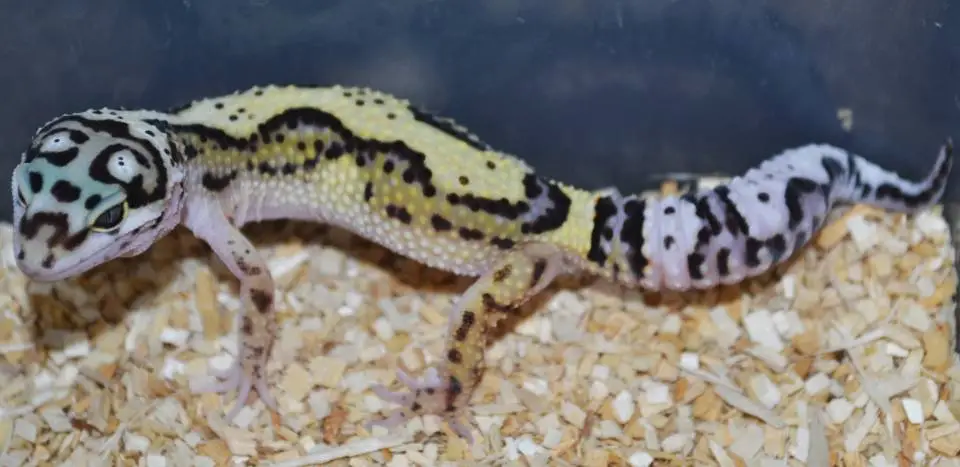
These reptiles are ideal for beginners because they do not need ultraviolet lighting. Taming them is easy, and anyone can handle them. You can also consider some other geckos, including fat-tailed geckos, crested geckos, and house geckos. Note that house geckos may be too fast for ease of handling.
Bearded dragons

Bearded dragons are adorable pets to look at and easy to handle too. Also known as “beardies” they are moderate in size. They are good pets for beginners, but you need to understand their environmental and nutritional requirements. Their social nature and ease of handling and taming make them perfect candidates as pets. You will also find them interesting to watch.
Frill-necked lizards (Frilled dragons)
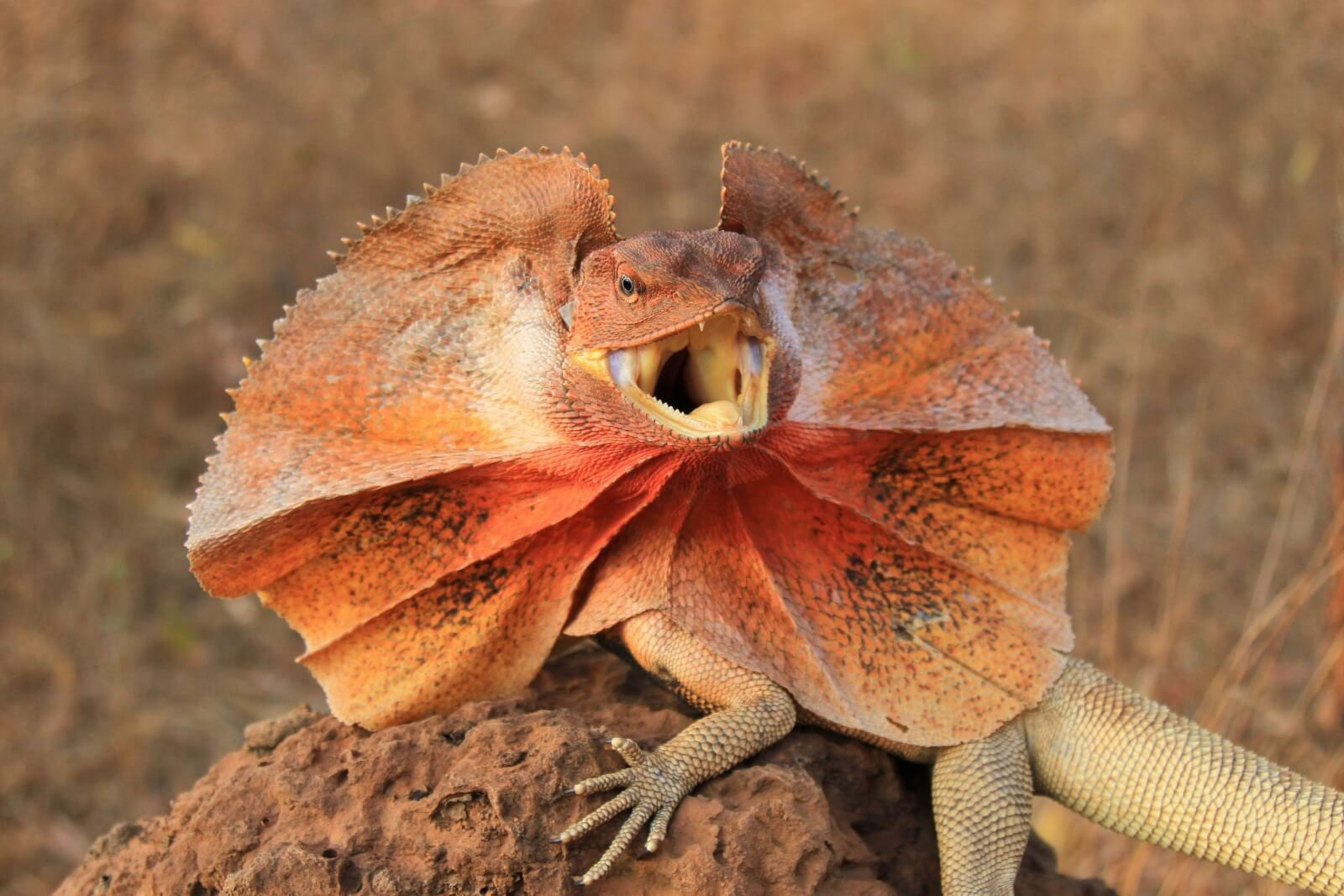
These are amazing reptiles for a new keeper. They are bipedal, and the frill around their necks adds to their beauty. One of these adorable reptiles will remind you of the dinosaurs or dragons. They are calm, and feeding needs are simple.
Blue-tongued skinks
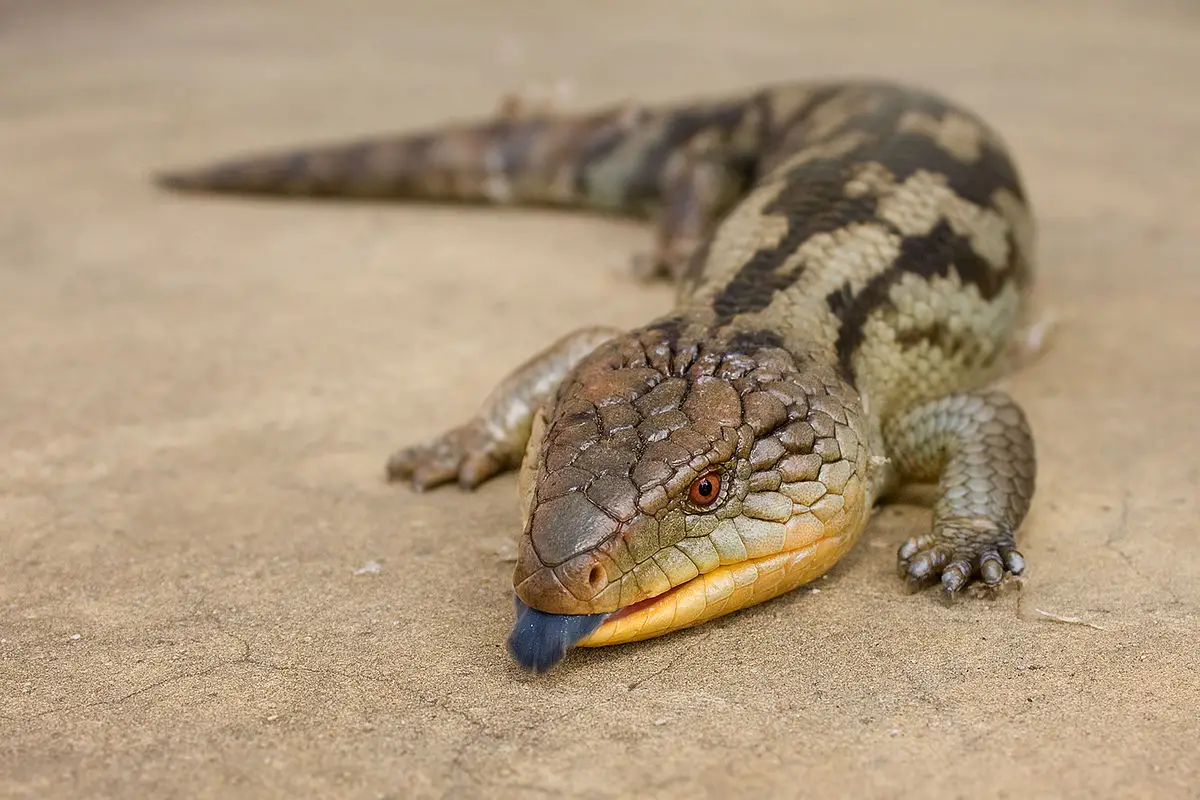
These are easy-to-care-for, and low-maintenance reptiles that are ideal for beginners. They are large and diurnal. You need to feed them slugs and snails and prepare for their growth into relatively large sizes.
Lizards to avoid
There are some lizards that you must avoid as a new keeper due to their complex care needs or sizes.
- Iguanas and monitors: Most of the lizards in these categories grow into large sizes and can be aggressive. They need large enclosures, and it is difficult for beginners to accord them proper care.
- Chameleons: While these reptiles are adorable, they have specific care needs, and they get stressed quickly. Avoid them as a beginner.
Which snakes should I consider?
Numerous species of snakes exist that are ideal for beginners. With snakes, all you need to do is stick to the starter species as they are easy to care for, feed and tame. Another advantage when keeping snakes is that they do not need to eat very often. Note that you need to be ready to feed other animals, such as rats and mice, to your snake. Some of the species to look for as a beginner include:
Corn snakes
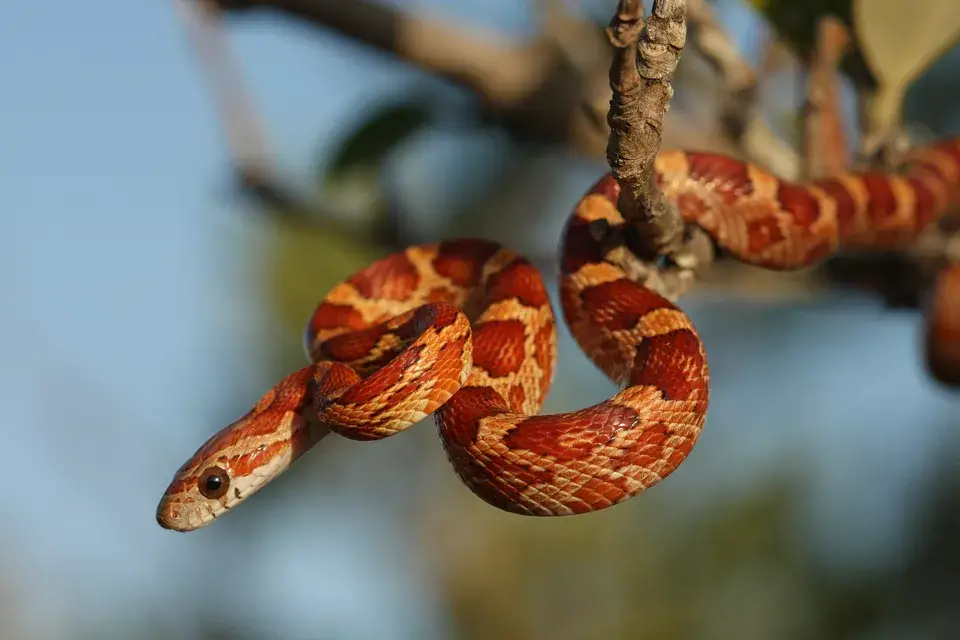
These are great for beginners due to their natural docility. They are relatively easy to care for and they don’t grow into extreme sizes. Corn snakes also come in multiple patterns and colors, which adds to the aesthetics.
King and milk snakes
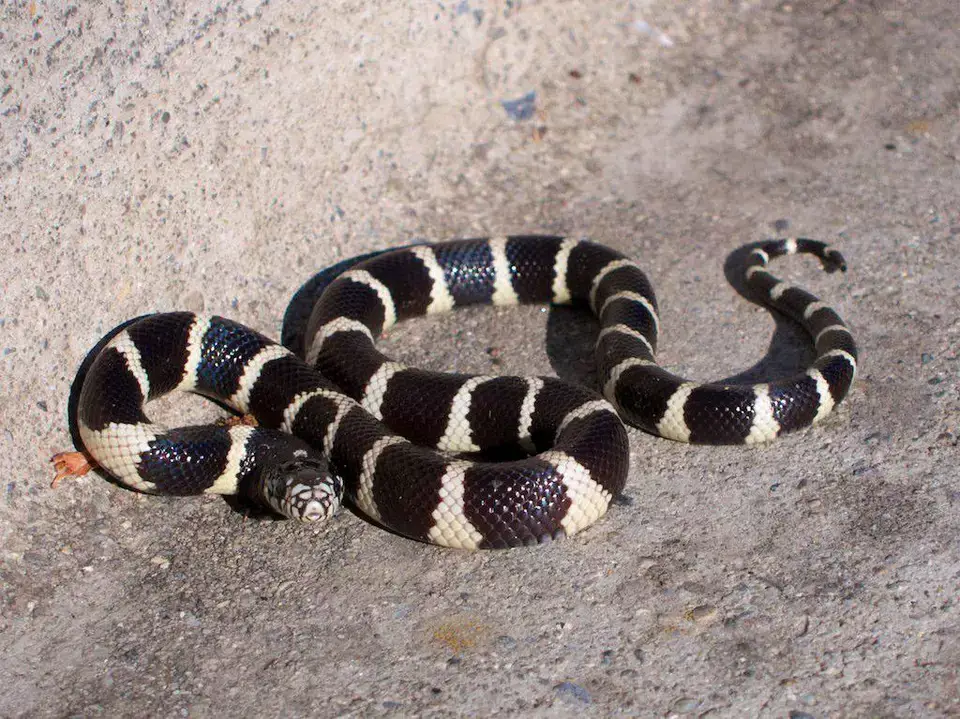
These snakes are also docile, and the two species are closely related. They also have multiple patterns and colors for selection. It is easy to keep them due to their limited maintenance needs.
Ball pythons
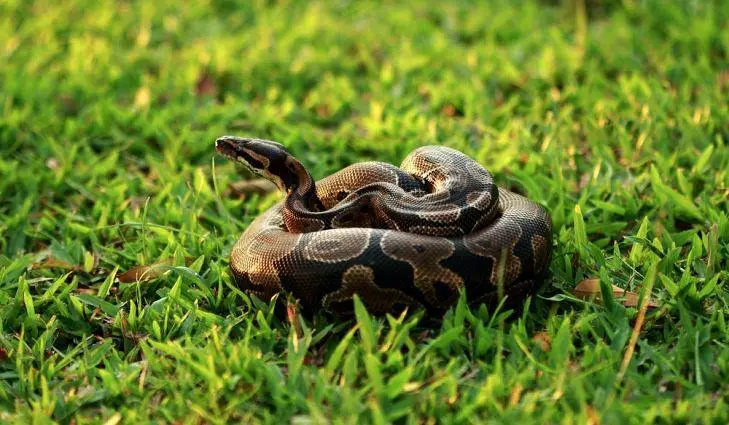
Ball pythons are arguably one of the most popular species of snakes among breeders and keepers. They have an even temper and docile. You will only have the snake grow up to 5 feet at most and can live for a few decades. They do not require special lighting or heating, and they make ideal first snake pets.
Snakes to avoid
As a beginner, there are some snakes that you need to avoid:
- Boa Constrictors: while these snakes are docile, they grow into large animals, and it may be challenging to handle them as a new keeper.
- Burmese pythons: these snakes also grow very large, and an error when handling them can be dangerous.
- Other constrictors: you need to avoid all constrictors as a new keeper since they either grow large or have special upkeep requirements. Most of them do not have a good temperament.
- Venomous snakes: do not keep any venomous snake such as venomous arboreal snakes as a new keeper. It is a dangerous ordeal for you.
Should I keep turtles?
All turtles are challenging to keep as a beginner. They are not easy to maintain, live exceptionally long, messy, and since they get large over time, they need large housing. You also need to make sure that they get ample ultraviolet light. If you still feel up to the task, be ready to provide proper diet and environmental needs.
